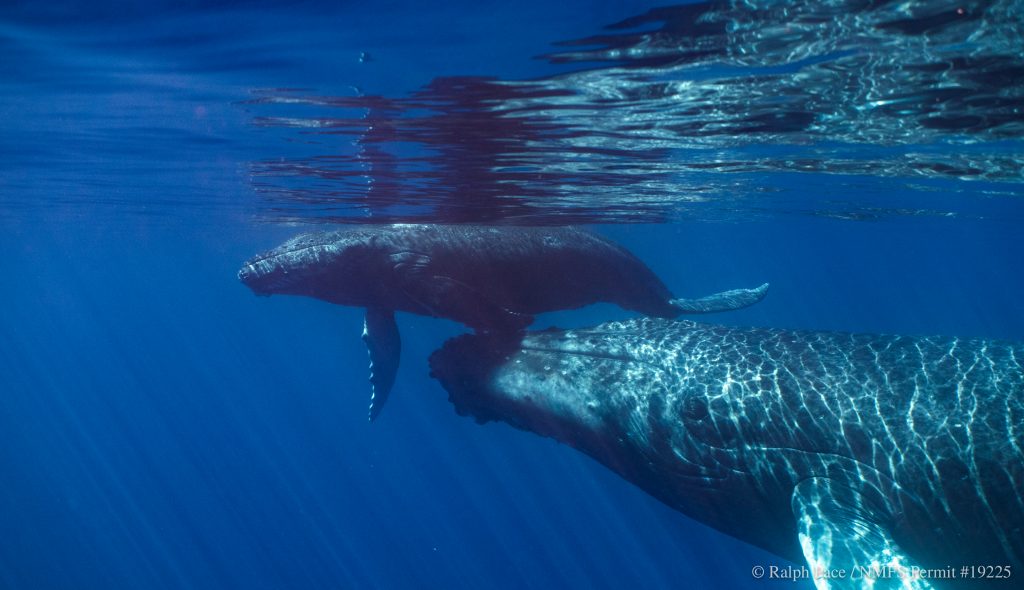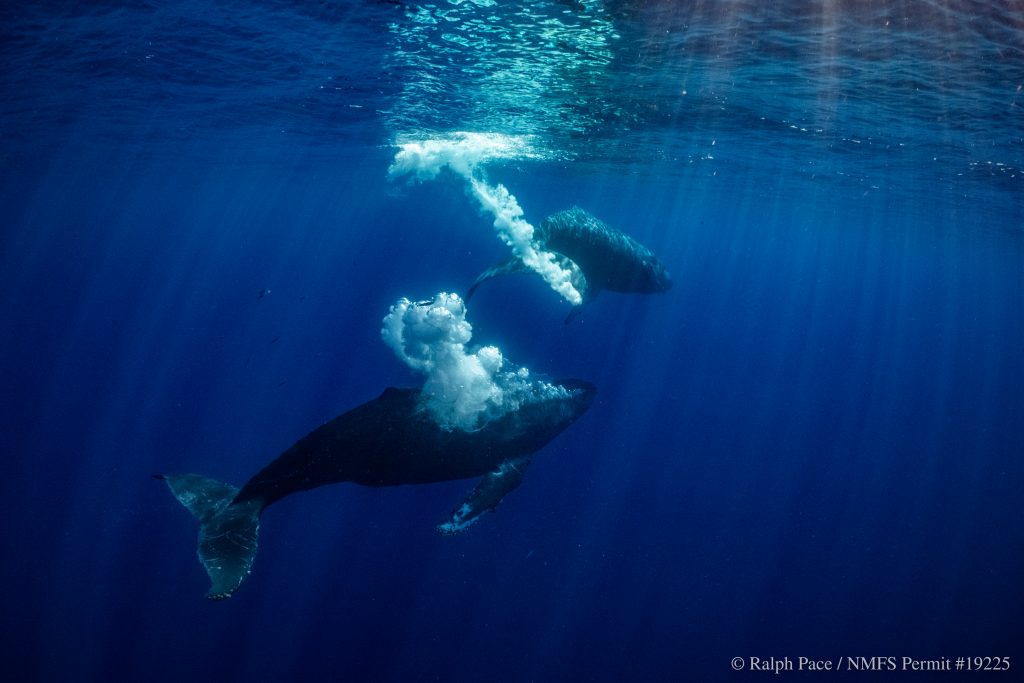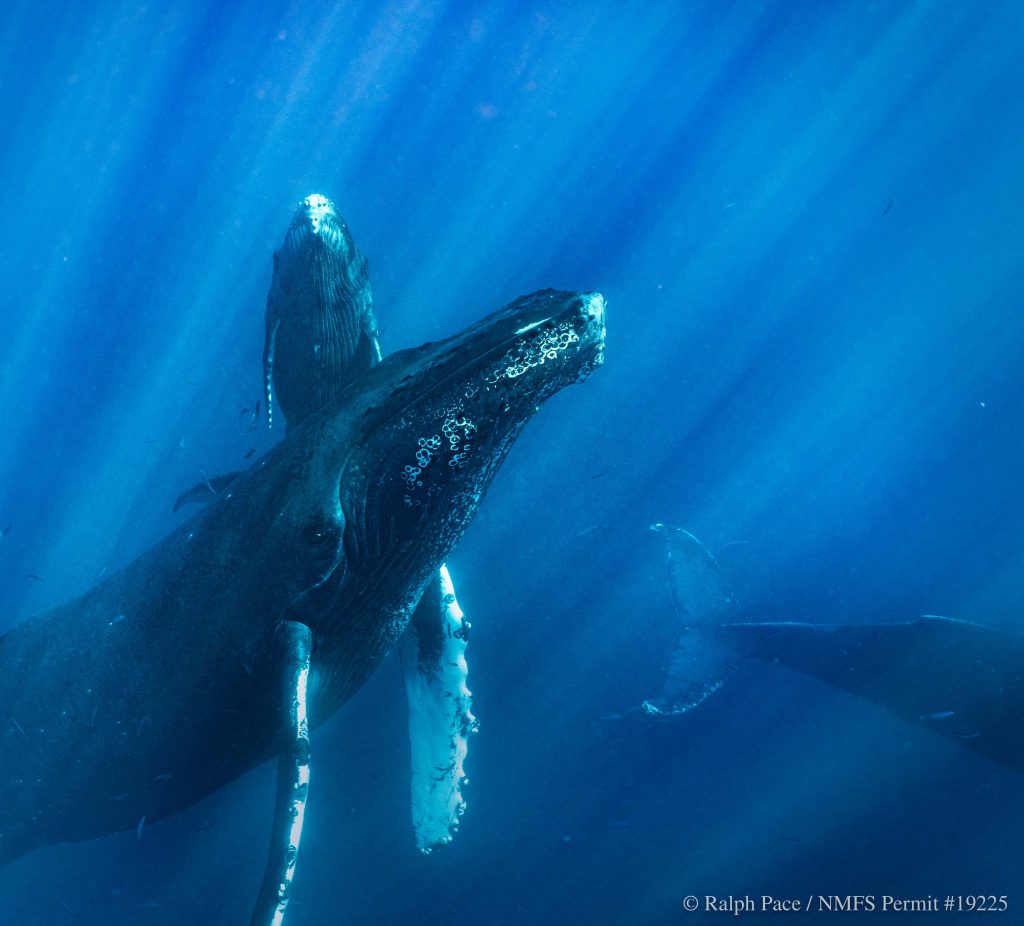Study unveils humpback whales found in deep tropics during breeding season

A study recently published in Frontiers has unveiled an interesting facet about humpback
whales: they venture far beyond their traditional breeding grounds, traveling to the deep
tropical oceans during the winter months.
This discovery challenges previous understanding of humpback whale migration and sheds light on the complexity of their annual journeys, according to a joint press release from Whale Trust and the Jupiter Research Foundation.
Humpback whales are known for their annual migration to warm shallow seas where they give
birth and mate. In the North Pacific, these breeding areas are located near the coastlines of
Mexico and Hawaiʻi, separated by thousands of miles of deep ocean.
Until recently, it was believed that humpback whales primarily inhabited these shallow areas only during the breeding season.
But in 2018 an acoustic survey using an autonomous device called Wave Glider uncovered something unexpected. Humpback whale songs were detected in the deep ocean between Hawaiʻi and Mexico, prompting scientists to question the whales’ known migration patterns.
Now, this paper reports the results of a 2021 study that not only confirmed these findings but also expanded upon them. The survey, which retraced the 2018 route and extended it to Mexico’s Isla Clarion, recorded continuous humpback whale songs from Hawaiʻi out to more than 1,200 miles into the mid-ocean. These deep-sea concerts included multiple humpback singers and sometimes reached up to 3,000 calls a day.
What makes this discovery even more intriguing are recent reports of some humpback whales
traveling between Mexico and Hawaiʻi within a single winter season. This behavior has been reported only once before, in 1986, and is now confirmed by multiple observations, aligning with the acoustic detections.
The significance of these findings goes beyond whale songs. They suggest the existence of a recurring tropical offshore presence of humpback whales between the traditional breeding
ground in Mexico and Hawaiʻi. This presence could be due to within-season travel or perhaps
represents a separate breeding assembly.
While the exact purpose of this deep-ocean presence remains unknown, this research is a reminder that there is more to learn about North Pacific humpback whales.













